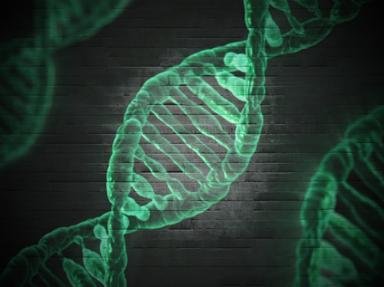Quiz Answer Key and Fun Facts
1. DNA, deoxyribonucleic acid, can be isolated from other cellular components using different techniques. Which of the following is NOT a technique used to isolate DNA?
2. During the solid phase isolation technique, what property of nucleic acids makes it possible for the genetic material to be adsorbed onto the solid matrix?
3. Which of the following is a distinct advantage of the solid phase isolation technique?
4. Isolation of RNA is difficult due to its ability to degrade quickly. What is the main reason for RNA being especially labile, or unstable?
5. Put the following types of naturally occurring RNA in order according to their abundance in cellular or total RNA. (First listed is most abundant)
6. During the organic extraction technique in which genetic material is isolated from other cellular components, which layer is the nucleic acid found after phase separation?
7. When evaluating the purity of extracted DNA, deoxyribonucleic acid, what should the optical density, or its light-blocking ability, be at 260nm and 280nm be? (The 260nm/280nm ratio)
8. Which of the following is NOT a dye commonly used in fluorometry? This is a technique used for measuring minute samples by using ultraviolet light to excite the sample and subsequently measuring the emitted fluorescent light.
9. During standard electrophoresis, which is a common technique used to separate DNA fragments by size and charge, when are larger fragments of DNA (2000-50,000bp) best resolved?
10. What is the purpose of a buffer system in electrophoresis?
Source: Author
plasticdonut32
This quiz was reviewed by FunTrivia editor
crisw before going online.
Any errors found in FunTrivia content are routinely corrected through our feedback system.

